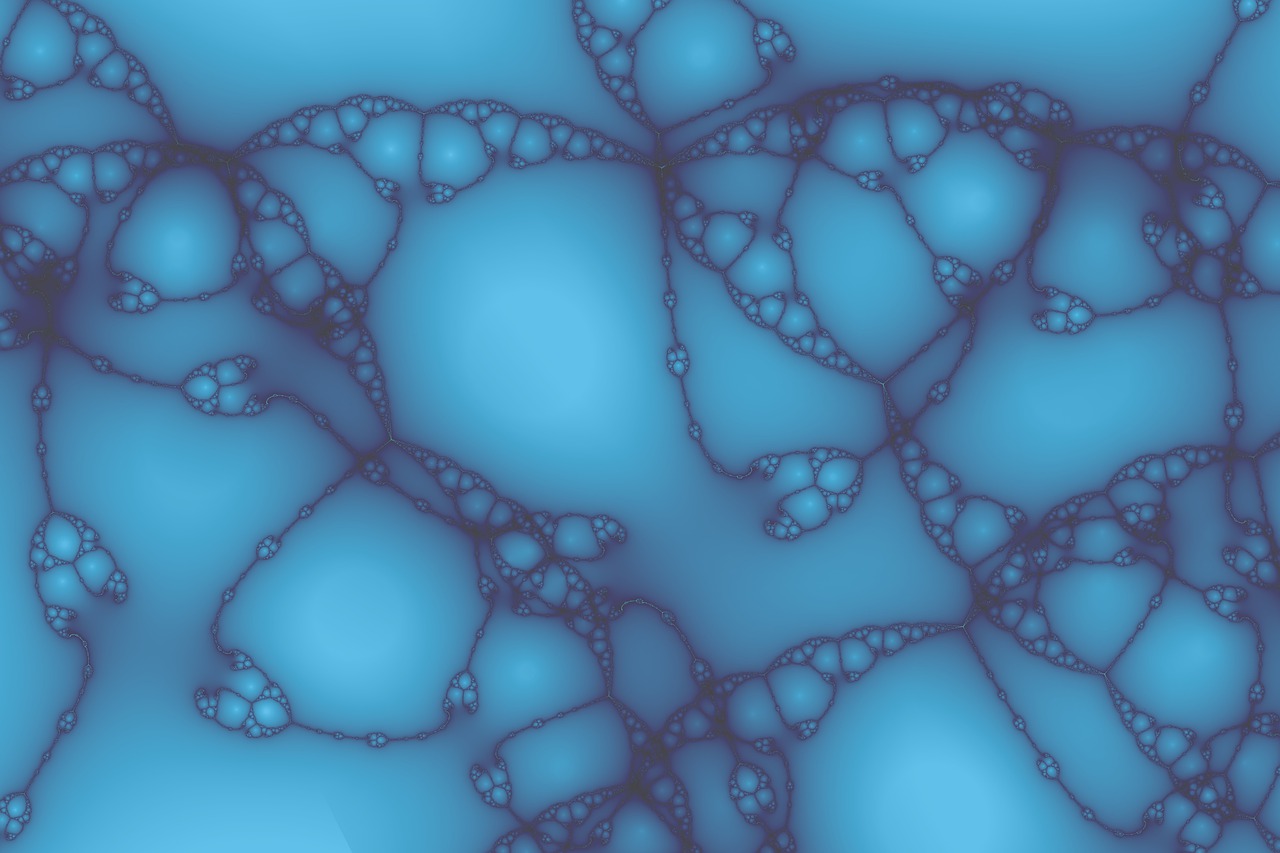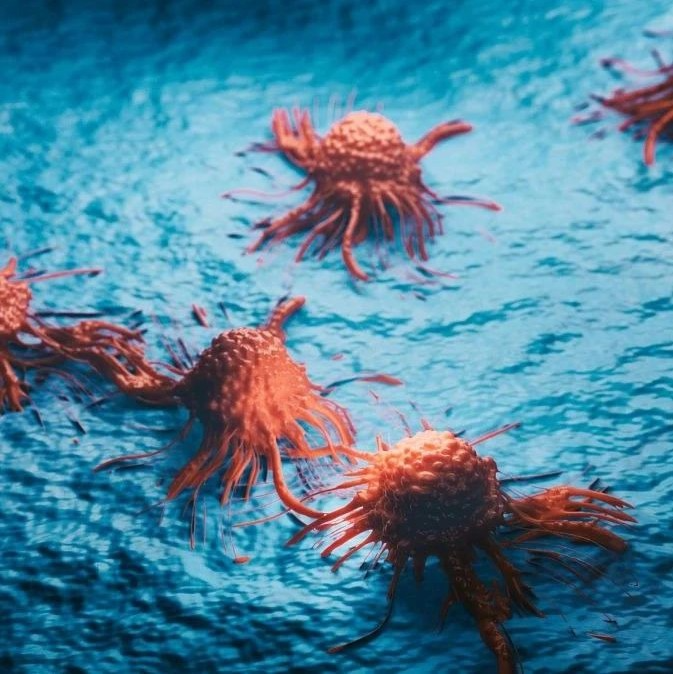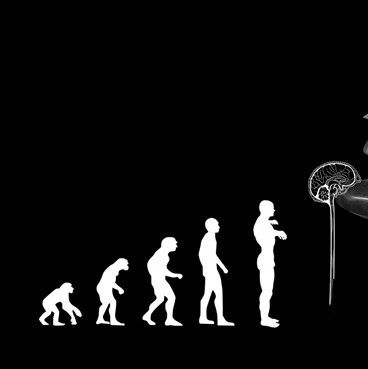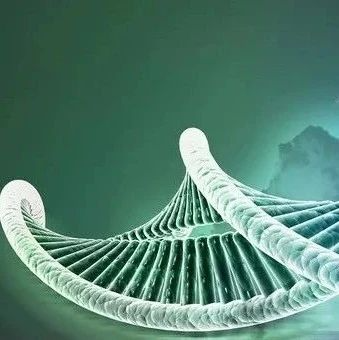专题:Nature报道
我们关于脊椎动物演化中最早阶段的知识,仅限于我们能从早期脊索动物留下的化石中收集到什么。由于这些动物是软体的,没有骨头和甲壳,所以它们留下的东西非常少,主要是相对较少的、保存极为完好的标本。对这些化石进行解读是有困难的。
现在,仅有这些化石似乎还不够,对文昌鱼和幼七鳃鳗(早期软体脊索动物亲缘关系最近的现存物种)的现代标本的腐烂所做的一项研究表明,腐烂过程中典型脊索特征的丢失不是随机的,在种系发生方面更有信息价值的特征最易丢失。已经固化到化石记录中的这种异常情况,会导致人们偏向于将脊索动物化石在演化树上放错位置。如果这种由腐烂导致的偏见广泛存在,我们从保存极为完好的软组织的化石记录所了解到的很多重要演化事件将需要认真的重新评估。(生物谷Bioon.com)
生物谷推荐原始出处:
Nature 463, 797-800 (11 February 2010) | doi:10.1038/nature08745
Non-random decay of chordate characters causes bias in fossil interpretation
Robert S. Sansom1, Sarah E. Gabbott1 " Mark A. Purnell1
1 Department of Geology, University of Leicester, Leicester LE1 7RH, UK
Correspondence to: Mark A. Purnell1 Correspondence and requests for materials should be addressed to M.A.P.
Exceptional preservation of soft-bodied Cambrian chordates provides our only direct information on the origin of vertebrates1, 2. Fossil chordates from this interval offer crucial insights into how the distinctive body plan of vertebrates evolved, but reading this pre-biomineralization fossil record is fraught with difficulties, leading to controversial and contradictory interpretations3, 4. The cause of these difficulties is taphonomic: we lack data on when and how important characters change as they decompose, resulting in a lack of constraint on anatomical interpretation and a failure to distinguish phylogenetic absence of characters from loss through decay3. Here we show, from experimental decay of amphioxus and ammocoetes, that loss of chordate characters during decay is non-random: the more phylogenetically informative are the most labile, whereas plesiomorphic characters are decay resistant. The taphonomic loss of synapomorphies and relatively higher preservation potential of chordate plesiomorphies will thus result in bias towards wrongly placing fossils on the chordate stem. Application of these data to Cathaymyrus (Cambrian period of China) and Metaspriggina (Cambrian period of Canada) highlights the difficulties: these fossils cannot be placed reliably in the chordate or vertebrate stem because they could represent the decayed remains of any non-biomineralized, total-group chordate. Preliminary data suggest that this decay filter also affects other groups of organisms and that ‘stem-ward slippage’ may be a widespread but currently unrecognized bias in our understanding of the early evolution of a number of phyla.







